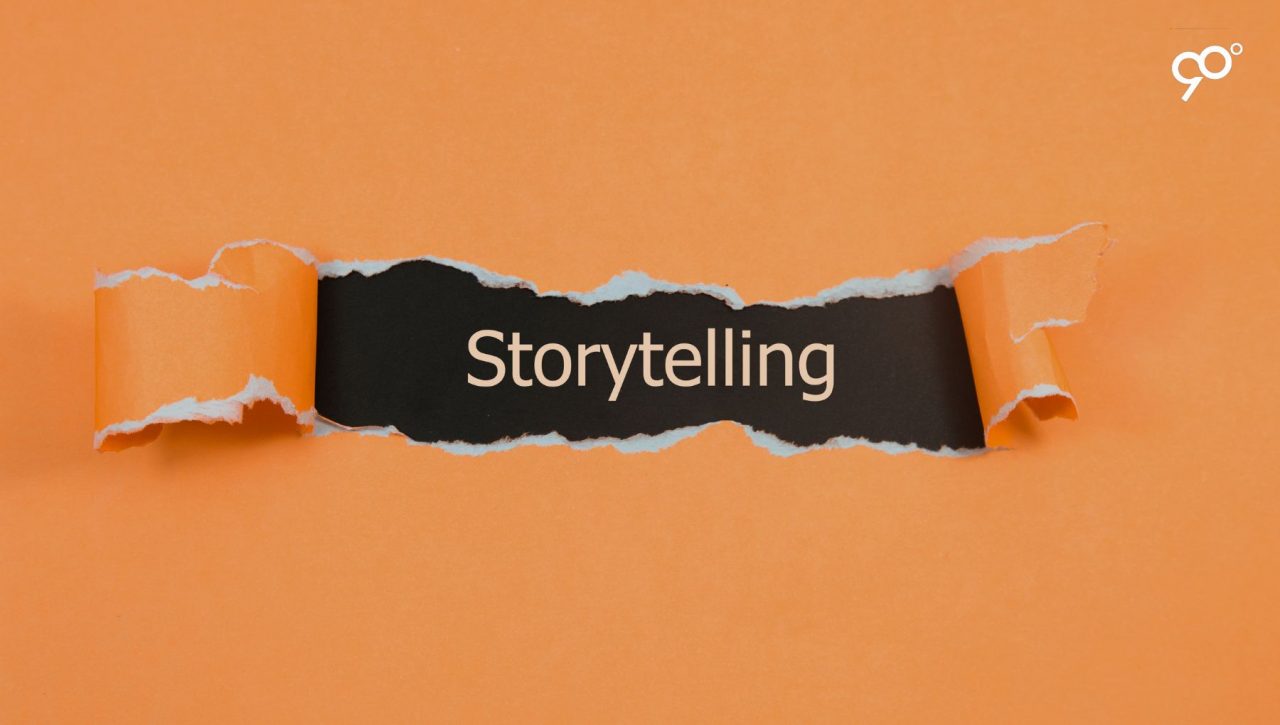
In an age where consumers are overwhelmed with information and advertisements, brands must do more than simply promote products—they must create emotional connections. This is where storytelling becomes a powerful tool in PR-driven brand marketing. More than just a communications tactic, storytelling humanizes a brand, builds trust, and enhances its visibility in a saturated market.
Why Storytelling Matters
At its core, storytelling taps into the oldest and most universal form of communication. People naturally connect with stories because they evoke emotion, create relatability, and help make sense of complex ideas. When integrated into public relations, storytelling becomes a bridge between the brand and its audience—transforming press releases, campaigns, and media coverage into narratives that people care about.
Unlike traditional advertising that focuses on features and benefits, storytelling invites the audience into a brand’s journey. It answers questions like: Why does this brand exist? What values does it stand for? How does it impact people’s lives?
Building Authenticity and Trust
Consumers today are skeptical. They crave authenticity and can quickly detect when a message is forced or inauthentic. Effective storytelling allows brands to showcase their values, mission, and impact through real experiences—whether it’s sharing a founder’s journey, highlighting customer success stories, or spotlighting community involvement.
In PR, these stories form the backbone of media pitches, interviews, and press releases. Journalists are more likely to cover a brand that offers a compelling human interest angle rather than one pushing a generic product update.
Driving Emotional Engagement
Facts tell, but stories sell. A good narrative resonates emotionally, making it more likely that the audience will remember the message, share it, or act on it. This emotional resonance creates brand advocates—not just customers. Whether through video, blog content, or earned media, storytelling transforms passive audiences into active supporters.
For instance, campaigns that focus on social causes or overcome adversity often generate stronger emotional responses and wider media coverage than straightforward promotional content. Emotional storytelling is also more adaptable across PR channels—from press events to social media to crisis communications.
Strengthening Media Relations
PR professionals often struggle to capture the attention of journalists and editors. But a well-crafted story makes the job easier. Media outlets look for content that engages their audience. If a brand’s story aligns with a cultural trend, solves a common problem, or provides a unique perspective, it becomes much more newsworthy.
Incorporating storytelling into media pitches can lead to stronger relationships with journalists, greater coverage, and improved brand credibility. It shifts the focus from pushing products to offering value through meaningful narratives.
Unifying Brand Messaging
Storytelling also ensures consistency. It helps brands articulate a clear message across all touchpoints. Whether you’re addressing customers, investors, or the press, a well-developed brand story provides a foundation that aligns PR efforts with marketing, advertising, and internal communications.
From a strategic standpoint, storytelling supports long-term brand equity. It weaves together individual campaigns into a coherent and memorable identity that audiences recognize over time.
In PR-driven brand marketing, storytelling is not optional—it’s essential. It breaks through the noise, connects with audiences on a human level, and strengthens every aspect of brand communication. The most successful brands aren’t just known for what they sell, but for the stories they tell—and how those stories make people feel.
Follow Ninety Degrees PR Solutions on LinkedIn for more public relations and communication related articles.

